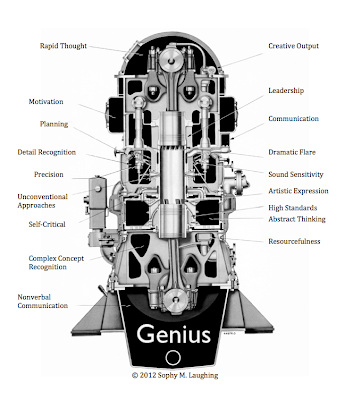Most kids would not hesitate to answer this question with a resounding "Yes!," thinking that it's their exit from school and back to their video game consols, iPods, iPads, iPhones, iTouches, WOW (World of Warcraft), football, basketball, dance, swimming, acting, drawing, animating, or sleeping. After all, how many people truly enjoy studying?
From a philosophical perspective, the answer to this question depends on the meaning of the concept of "happiness."
Activity
The following list represents 8 types of activities. Assume that all 8 of these activities will be included in a "happy" life. Review the 8 and rank them from 1 to 8 according to how important you think they are for living a happy life. 1 represents "most important," whereas 8 is "least important."
a. sitting in a dentist's chair
b. eating your favorite food
c. playing a gam
d. reading a book
e. sitting deep in thought with other students
f. having fun with a friend
g. helping a classmate with homework
h. discussing an interesting topic
Granted, few would put (a) sitting in a dentist's chair as 1 = most important to living a happy life...
Until you think about why you go to the dentist, and then you'll get some insight into the meaning of happiness. Once you rank the other activities, you will begin to appreciate why the concept of happiness is very difficult for philosophers to define.
According to John Stuart Mill (1806 - 1873), happiness can be defined as the greatest degree of pleasure for the greatest number of people. Mill called this principle utilitarianism. However, happiness understood as the greatest degree of pleasure also includes the least amount of pain. Mill stated that not all pleasures were identical in value and that some were more desirable than others (e.g., the pleasures of learning and conversation).
If Mill is correct, "happiness" and "fun" are not the same thing.
While happiness requires understanding what makes us "feel" happy, to increase the total amount of happiness on the planet we have to help other people. Everyone wants to be happy, and if you want to live in a "happy" world, then it is in your best interest, as well as the world's interest (utilitarianism) to help others find happiness.
Group Discussion:
1. Happiness includes feeling content about your life and doing good things for others. Do you agree or disagree?
2. Compare your rankings with a classmate to see if your rankings differ, understand their reasons for ranking the activities in a different order and determine if their viewpoint is one that would make you reconsider why you ranked the activities as you did.
Rated PG-13
Parental discretion advised
(aka: fast-forward the inappropriate stuff)























































































